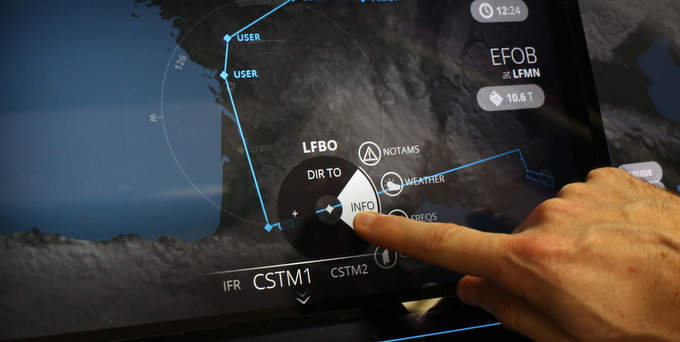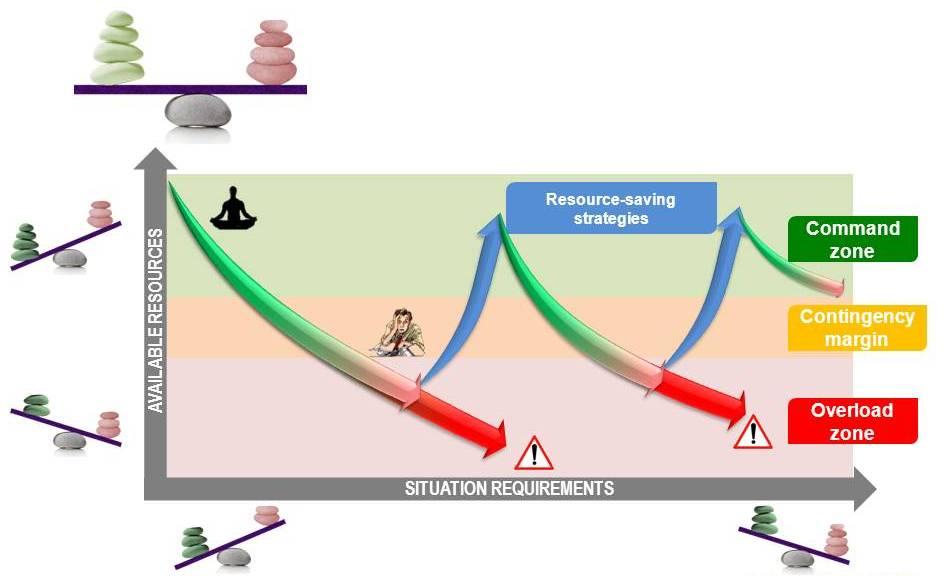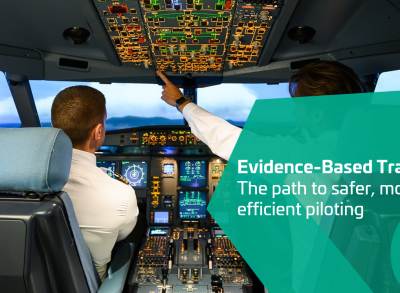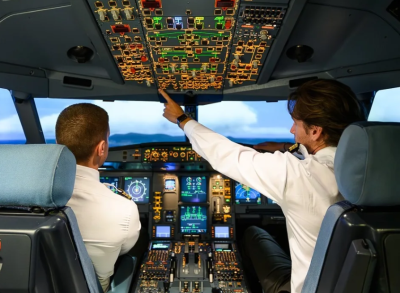Pilot workload and human factors: the shift from manager to decision-maker
The Avionics 2020 cockpit is the culmination of years of research, with human factors experts at Thales working hand-in-hand with pilots to develop a whole host of user-centred innovations.

Sylvain Hourlier, a doctor and senior expert in human factors for Thales, explains that “pilot workload comes down to four factors: the purpose of a given task, the resources available to perform it, the demands of the situation and the time available”. Pilots can feel overloaded when the available resources seem inadequate for a given situation, leading to stress and even loss of control.
Better use of cognitive resources
According to Sylvain Hourlier, the way to limit this kind of overload is to “make better use of cognitive resources, enabling pilots to remain in control of the situation”. Thales has focused its research on four strategies:
- Training, so that learned tasks become routine
- Visual simplification, so the information is organised in a way that enables pilots to quickly grasp the situation and decide on the best course of action
- Anticipation, or preparing for actions ahead of time
- Delegation, which means either transferring or deferring tasks, depending on the chosen mode of prioritisation
“It’s vital for us to understand these strategies so that we can design the most appropriate human-system interfaces and preserve the pilot’s resources for an optimised mission,” continues Sylvain Hourlier. “Interfaces must be simple and they have to match the way pilots think in order to best support their decision processes.”

Reducing pilot workload: three key lines of research
|




